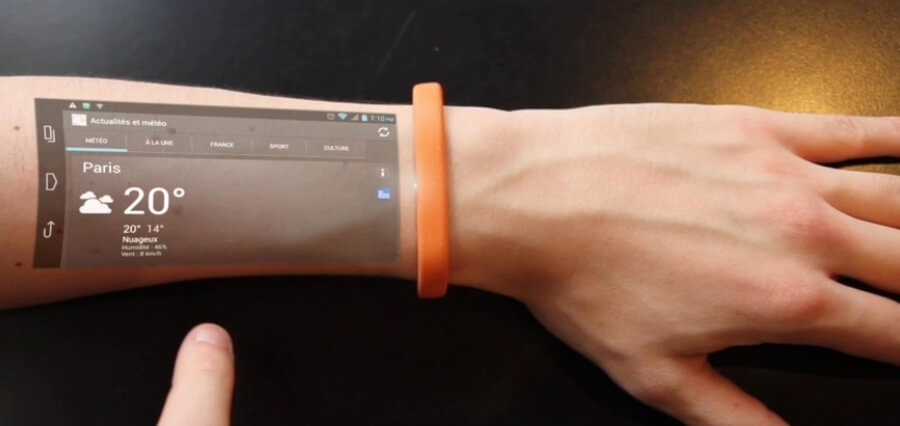Wearable devices and wearable technology have seen an increase in adoption by businesses across all industries. Wearables can be used to improve efficiency in company operations, customer service, and other areas with little innovation. This is how wearable technology has found its way into the healthcare industry.
Wearable devices enable continuous measurement of important biomarkers for medical diagnostics, physiological health monitoring, and evaluation. As a result, they are becoming more common in a wide range of applications, from healthcare to biomedical monitoring systems. Wristbands, smartwatches, chest bands, and textile-based sensors are examples of wearable gadgets.
The emergence of wearable devices in the healthcare sector
A few examples of wearable devices that have been developed to date are:
Wearable biosensors
Wearable biosensors are biological sensors attached to watches, clothing, bandages, contact lenses, and glasses. The biosensors that allow continuous monitoring of individuals are called non-invasive biosensors. They provide information on health, medical diagnosis, etc.
These biosensors are:
- Easy to use
- Portable
- Environmentally adaptive
These wearable devices have a receiver, a signal processor, and a battery, enabling them to operate like a microcomputer. A microcomputer allows the connection of processes, collection of information and processing, communication, and power supply. In addition, Bluetooth, infrared, radiofrequency identification, and near-field communication technology can be used to connect to other smart devices. This connectivity enables remote monitoring. Therefore, wearable devices are expected to make a huge contribution to the health care industry by reducing medical expenses in most countries. In addition, managing wearable devices and securing the data have now become easy with mobile device management.
Wearable fitness trackers
The most original form of wearable technology is a fitness tracker in the form of wristbands. Sensors are placed in bands to track a person’s physical activity and heart rate. These watches can then be synced with smartphone apps to provide health and fitness recommendations.
Wearable smart health watches
Using wearable devices, such as smart health watches with 20mm watch bands, to monitor the user’s heart rate with alerts on atrial fibrillation through mobile devices has become common. This is because people wearing smartwatches can do their tasks normally, like how they do on their phones – making phone calls, sending messages, and reading notifications. In addition, smartwatches also have health-tracking benefits similar to fitness trackers.
Wearable ECG monitors
Wearable ECG monitors are the most advanced form of consumer electronics. They can measure electrocardiograms or ECGs, which smartwatches cannot do. The Move ECG is a kind of ECG that helps share the reading of the user’s heartbeat directly with the doctor. It also helps in detecting atrial fibrillation. Wearable ECG monitors have the capability of monitoring both distance and elevation. Furthermore, it offers automatic walking, running, swimming, and biking tracking.
Wearable blood pressure monitors
Wearable blood pressure monitors may look like a smartwatch, but they measure a person’s blood pressure and daily activity. This wearable device can record up to 100 readings that can be transferred to a mobile device later. It can also store, track, and share the exact details with the doctor to determine habits that can enhance blood pressure.
Future advancements of wearable devices in the medical industry
The wearable healthcare technology sector is exploding, and as it matures, more wearable technology will be available to consumers. This growing trend in wearable fitness technology will impact insurers’, health providers’, and businesses’ decisions to use wearable health monitoring equipment. The number of consumers of wearable devices is expected to keep rising. The device connectivity feature will also be advanced if more precise wearable sensors are created.
As wearable technology becomes more mainstream, more businesses will begin to adopt them in the future. This rise in the usage of wearable technology will require organizations and industries to implement mobile device management solutions to manage and secure data and devices without the worry of data loss or security threats.









